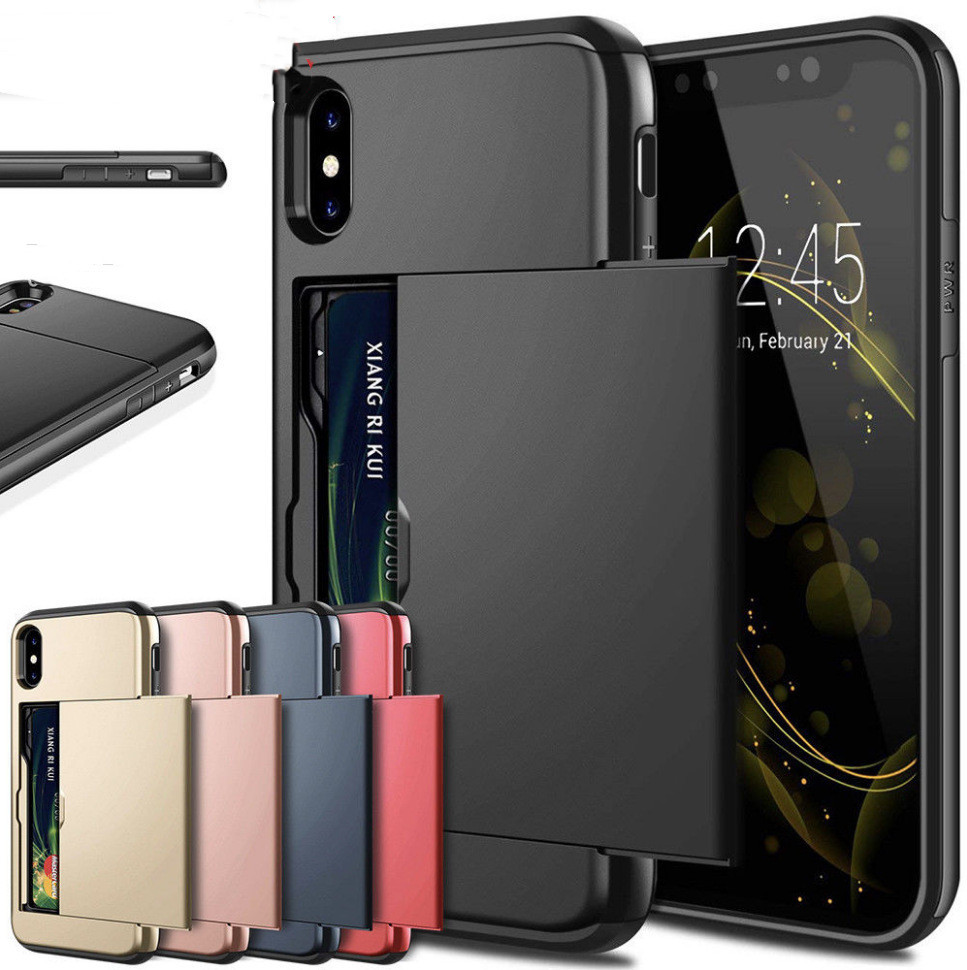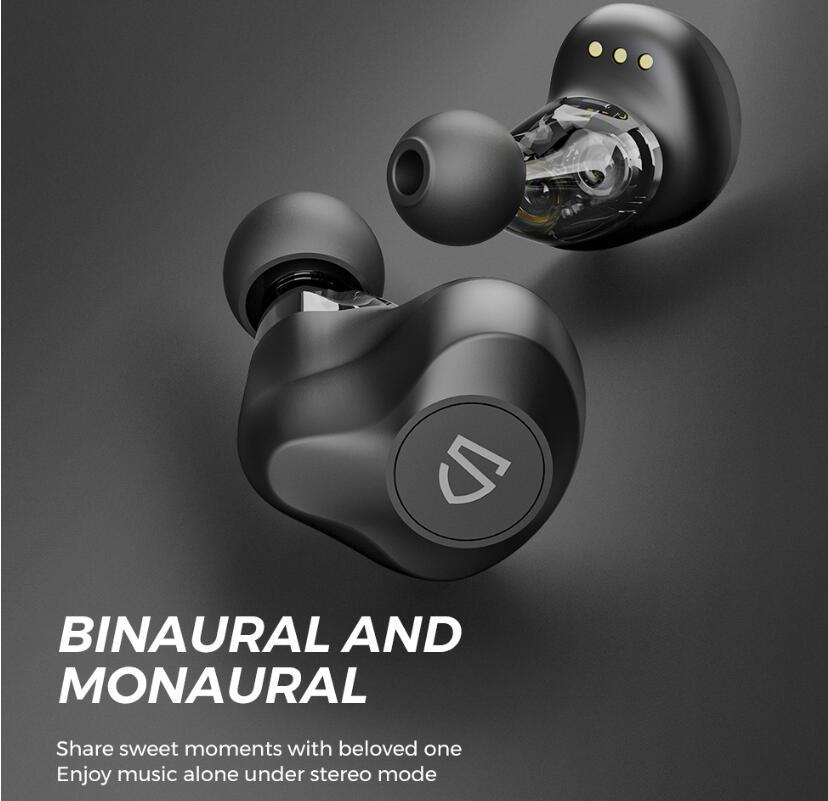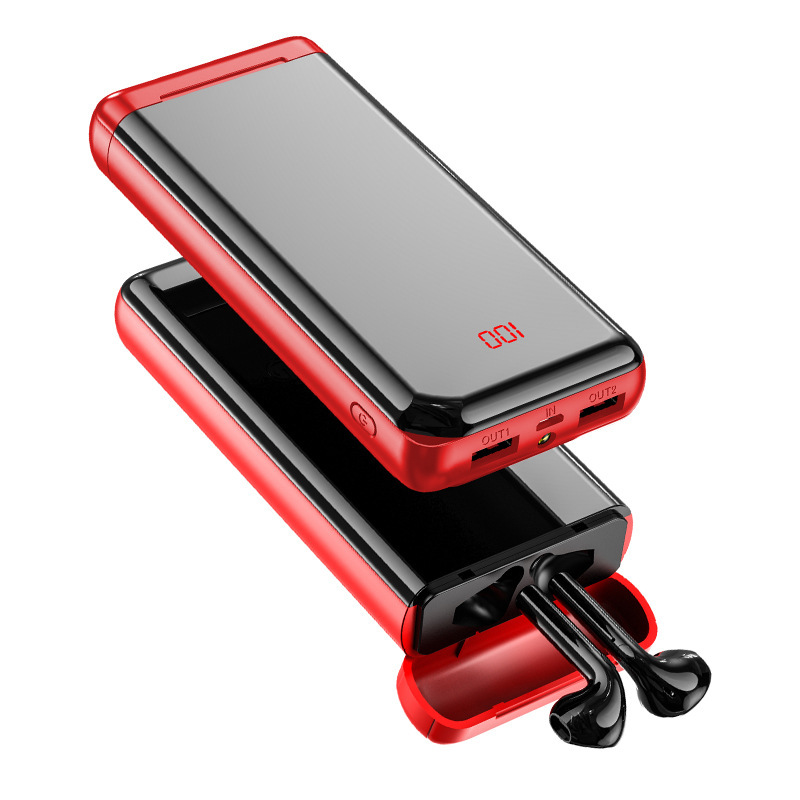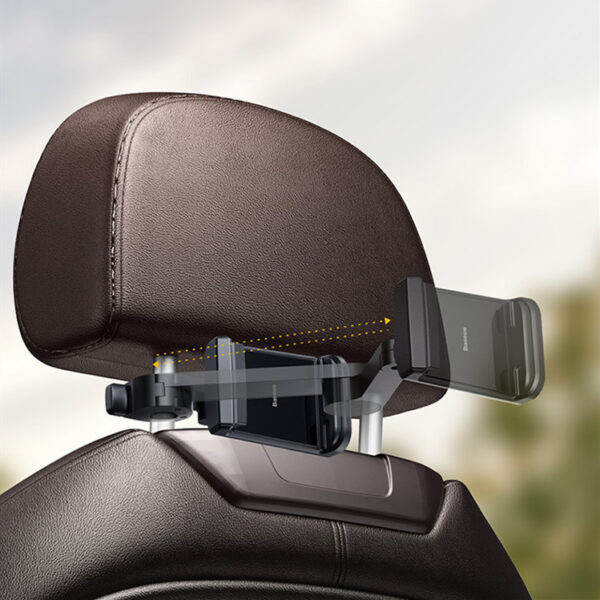
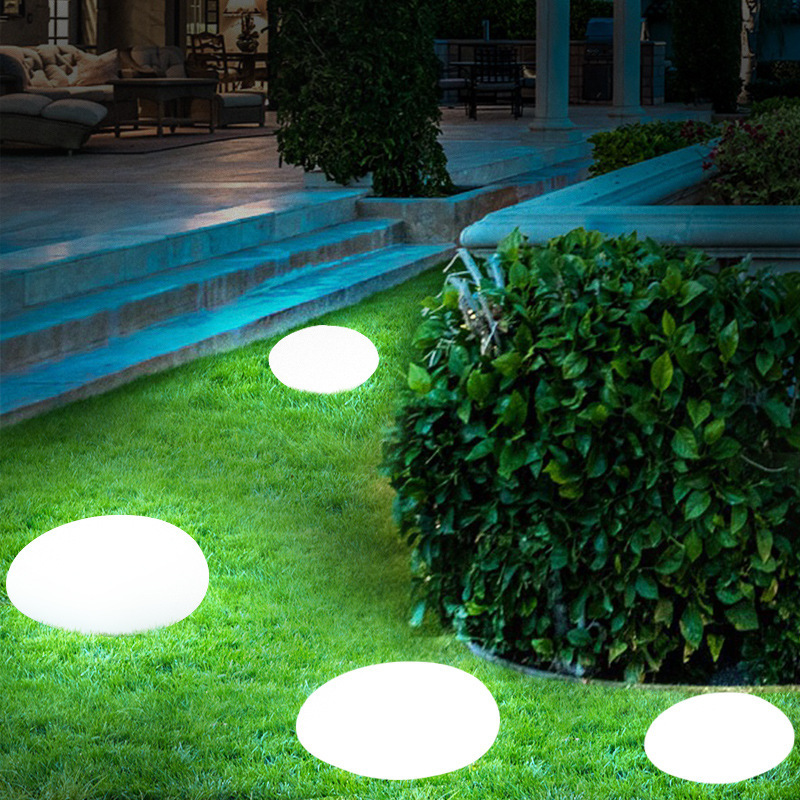
Lighting plays a pivotal role in setting the mood of any space. With the evolution of technology, Smart Light Bulbs have revolutionized how we illuminate our homes and offices.
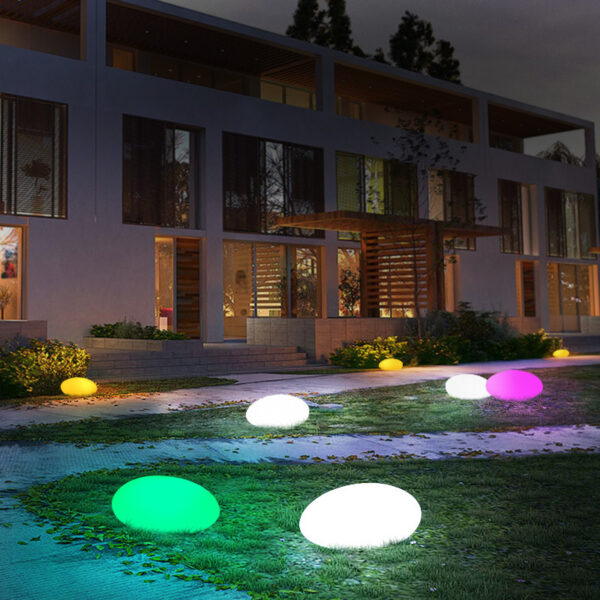
Gone are the days of one-size-fits-all lighting solutions—smart light bulbs allow you to tailor your lighting to match your activities, mood, or even your daily routines.
Why Choose Smart Light Bulbs?
Smart light bulbs offer convenience, customization, and energy efficiency, making them a game-changer in home lighting. Here’s why they’re worth the investment:
Customizable Ambiance
With a spectrum of colors and dimming options, you can set the perfect mood for any occasion—whether it’s a cozy movie night, a lively dinner party, or a productive work session.
Remote Control and Automation
Manage your lighting from anywhere using a smartphone app or voice assistant. Some smart bulbs can even be programmed to turn on or off based on your schedule or sync with sunrise and sunset.
Energy Efficiency
Most smart light bulbs are LED-based, consuming less energy than traditional incandescent bulbs. This reduces your electricity bill while being eco-friendly.
Integration with Smart Home Systems
Smart bulbs can integrate with popular smart home systems like Alexa, Google Assistant, or Apple HomeKit, enabling seamless control with just your voice.
How Smart Light Bulbs Enhance Ambiance
Smart light bulbs provide an unmatched level of flexibility when it comes to lighting design. Here’s how they can create the perfect atmosphere:
1. Color Temperature Control
Smart bulbs allow you to adjust the color temperature, ranging from warm yellow tones for a relaxing vibe to cool white tones for focus and productivity.
2. Mood Lighting with Colors
With millions of colors at your disposal, you can match your lighting to any theme or event. For instance, use soft blues and purples for a calming environment or bold reds and greens for holiday decor.
3. Dynamic Scenes and Effects
Many smart lighting apps come with pre-set scenes such as “Romantic Dinner” or “Reading Mode.” Some even include dynamic effects like flickering candlelight or syncing lights to music for parties.
4. Zoned Lighting
Set up zones in your home where different areas are lit differently. For instance, you can keep the kitchen brightly lit while maintaining a dim, relaxing ambiance in the living room.
How to Choose the Right Smart Light Bulbs
When shopping for smart light bulbs, keep these key factors in mind:
1. Compatibility
Ensure that the bulbs are compatible with your existing smart home ecosystem (e.g., Alexa, Google Assistant, or Apple HomeKit).
2. Connectivity Options
Smart bulbs typically use Wi-Fi, Bluetooth, or Zigbee for connectivity. Wi-Fi bulbs offer direct access through apps, while Zigbee bulbs may require a hub for integration but offer better reliability for larger setups.
3. Brightness Levels
Measured in lumens, the brightness of a bulb should match the needs of the room. For example, a bedroom may require a bulb with 600–800 lumens, while a kitchen might need bulbs with 1,000 lumens or more.
4. Energy Efficiency
Look for energy-efficient LED bulbs with a long lifespan, ideally 15,000–25,000 hours, for the best value.
5. App Functionality
Check whether the accompanying app is user-friendly and offers customization options like scheduling, scenes, and remote control.
Tips for Creating the Perfect Ambiance
1. Layer Your Lighting
Combine different types of lighting—ambient, task, and accent lighting—to create a balanced look.
2. Use Warm Light for Relaxation
In areas like the bedroom or living room, stick to warm-toned lighting to promote relaxation and comfort.
3. Highlight Key Features
Use smart light bulbs to draw attention to specific features in your room, such as artwork, plants, or architectural details.
4. Experiment with Colors
Don’t hesitate to try different color combinations. Soft pastels can create a soothing ambiance, while bright, bold colors can energize a space.
5. Automate Your Lights
Set up routines that adjust lighting automatically. For example, create a “Good Night” routine that dims the lights at a specific time.
Top Smart Light Bulbs to Consider
Here are some of the best options available:
Philips Hue White and Color Ambiance
Compatibility: Works with Alexa, Google Assistant, and Apple HomeKit.
Features: Millions of colors, easy app control, and seamless integration with smart hubs.
LIFX Color Smart Bulb
Compatibility: No hub required; works with Alexa, Google Assistant, and Siri.
Features: Brilliant colors, adjustable white tones, and Wi-Fi connectivity.
Wyze Bulb Color
Compatibility: Alexa and Google Assistant.
Features: Affordable, with vibrant color options and reliable scheduling.
Sengled Smart LED Multicolor Bulb
Compatibility: Alexa, Google Assistant, and Zigbee hubs.
Features: Great value for money, voice control, and energy efficiency.
Nanoleaf Essentials A19
Compatibility: Apple HomeKit and Thread connectivity.
Features: Vibrant colors, smooth dimming, and a unique geometric design.
Conclusion
Smart light bulbs have transformed the way we think about lighting. They offer unparalleled convenience, energy efficiency, and customization, enabling you to craft the perfect ambiance for any occasion. From a romantic dinner to a high-energy party, smart lighting gives you the tools to set the mood with ease.
With the variety of options available today, there’s a smart bulb for every need and budget. By choosing the right features and experimenting with colors and scenes, you can elevate your space and make it truly your own.
So, why stick to traditional lighting when you can illuminate your world with smart light bulbs?
FAQs
1. Are smart light bulbs expensive to use?
Smart bulbs are energy-efficient and consume less power than traditional incandescent bulbs, which helps offset their initial cost over time.
2. Can I control smart light bulbs without Wi-Fi?
Yes, some smart bulbs connect via Bluetooth or work with Zigbee hubs, allowing you to control them without Wi-Fi.
3. Do smart light bulbs work with dimmer switches?
It’s not recommended to use smart bulbs with dimmer switches, as they have built-in dimming capabilities. Instead, control brightness through the app or voice assistant.
4. How long do smart light bulbs last?
Most smart light bulbs last 15,000–25,000 hours, depending on the brand and usage, which is significantly longer than traditional bulbs.
5. Can smart light bulbs help with energy savings?
Absolutely! Smart LED bulbs use less electricity and allow for automation, ensuring lights are only on when needed.

